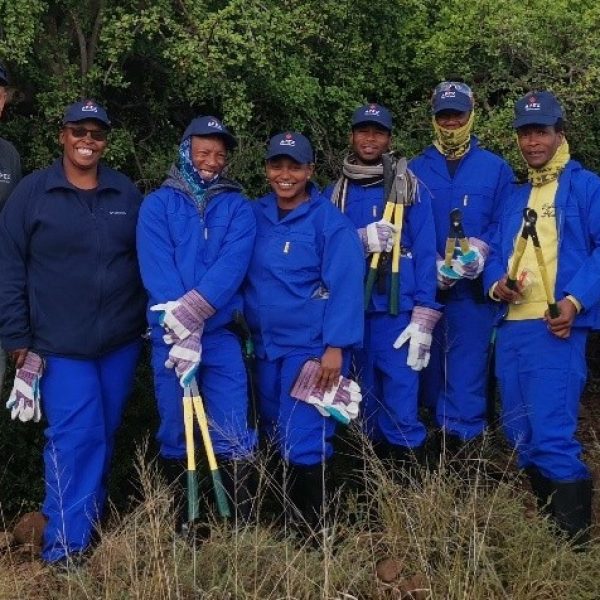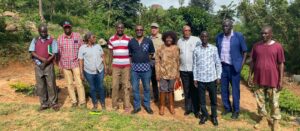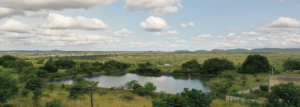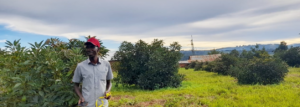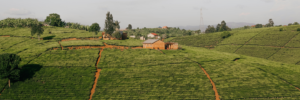Across the Eastern and Western Cape, thicket restoration is quietly changing lives. What looks like “just planting spekboom” or fencing off a degraded hillside is, in reality, a social development strategy with deep roots: it puts people to work, buffers communities from climate shocks, builds local businesses, restores pride in place, and lays the groundwork for healthier, more resilient settlements. Here’s how.
What is “thicket” and why it matters
The thicket biomes of the Cape especially Albany Thicket are dense, evergreen mosaics dominated by shrubs like spekboom (Portulacaria afra), with scattered trees, aloes, and succulents. Once degraded by overgrazing, wood harvesting and erosion, these systems can bounce back if given a nudge. That nudge restoration creates social value long before the plants reach full height.
Defined jobs close to home
Restoration is labour-rich. From seed and cutting collection to nursery propagation, planting, fencing, erosion control, and aftercare, every hectare can support many workdays. For households where seasonal farm work or grant income is the norm, even short contracts mean groceries bought locally, school fees paid on time, and less pressure to migrate for work.
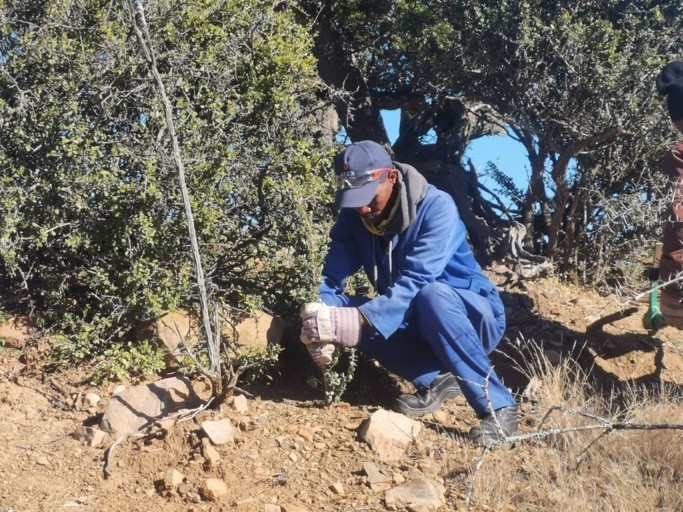
Critically, the skill ladder is long: field workers can step up to team leaders, site supervisors, safety reps, tractor or bakkie operators, and monitoring assistant’s roles that build CVs and confidence. Because sites are spread across municipal areas, opportunities reach smaller towns and villages often bypassed by mainstream investment.
Small businesses grow from restoration supply chains
Thicket work sparks local enterprise. Community nurseries raise hardy cuttings. Small Medium Micro Enterprises (SMME) fabricate and install fencing. SMMEs hire out tools, deliver mulch, transport crews, and maintain water carts. Catering groups feed teams on remote sites. With fair procurement and on-time payment, these micro enterprises mature into stable employers circulating money on the main street rather than exporting it to distant cities.
Women and youth take the lead

Restoration tasks (nursery work, planting lines, monitoring) are accessible and safe, opening doors for women and young people. When programmes intentionally design childcare support, flexible hours, and targeted training (e.g., first aid, chainsaw and brush cutter accreditations field data collection), participation rates climb.
Better water, safer slopes, fewer disasters
On the land, thicket rebuilds sponge like soils. That means more infiltration, steadier baseflows to farm dams and community taps, and less runoff that rips roads and dongas apart. Plant cover also armours steep cuttings and road verges, reducing rockfalls and sediment that clog culverts. After intense storms, restored slopes are the difference between a passable gravel road and a community cut off for days.
Food, fuel and everyday savings
As sites recover, communities can establish managed “resource patches” around restoration zones: fuelwood from fast-growing species planted for that purpose, bee forage corridors for local apiarists, and indigenous edible or medicinal plants in homestead buffers. Even small amounts of legally harvested biomass translate into monthly savings for households that otherwise spend on paraffin, transport, or purchased wood.
Cultural identity and pride in place
Thicket holds stories traditional remedies, grazing customs, and family histories linked to springs and ridgelines. Community mapping and restoration planning sessions uncover this knowledge and weave it into decisions about where to plant, what to protect, and how to share benefits. When people see “their” hill greening again, pride follows. Schools bring learners to “their” plots; elders recognise plant names; social cohesion strengthens around something tangible.
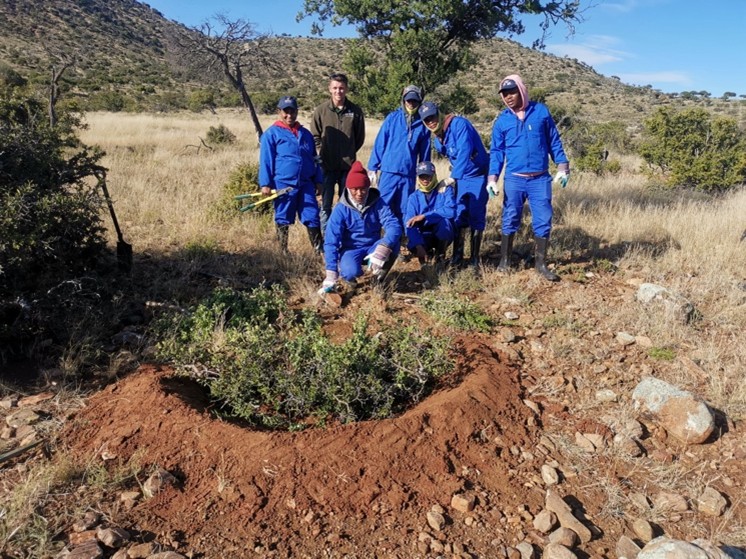
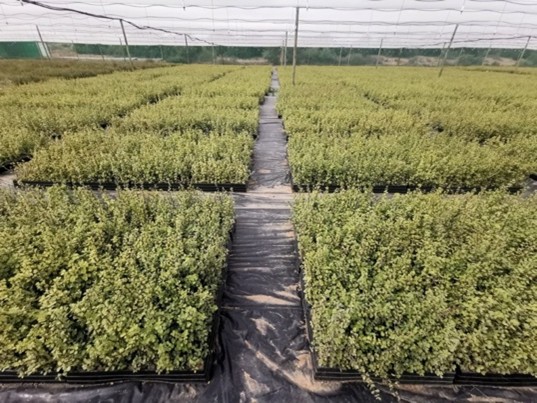
Health and wellbeing dividends
Greener neighborhood edges bring quieter, cooler spaces to walk, gather, and play important in settlements with limited recreation areas. Shade and reduced dust improve comfort for the elderly and those with respiratory issues. Regular, team based outdoor work improves fitness and mental health, while safety protocols (PPE, hydration, sun protection) model good workplace standards for other local employers.
Carbon revenue, if applied fairly can multiply benefits
Restored thicket stores substantial carbon over time. Where projects are designed with transparent benefit-sharing, carbon revenues can cofund community priorities: bursaries, water tanks, ablution blocks at schools, clinic upgrades, or tool banks for local cooperations.
Stronger local governance and social cohesion
Good restoration demands agreements: on grazing exclusion, stock paths, and harvesting rules. Facilitating these conversations builds muscle for communities to solve other problems waste dumping, illegal sand mining, or water leaks. The habits formed (public meetings, minutes, grievance logs, joint site walks) anchor a culture of shared problem solving.
______
Bruce Taplin is a Natural Resource Ecologist and the founder and CEO of Apex Conservation Services (ACS). ACS’ mission is to drive positive environmental impact, guiding individuals and organizations towards sustainable practices and fostering a harmonious coexistence with nature.

